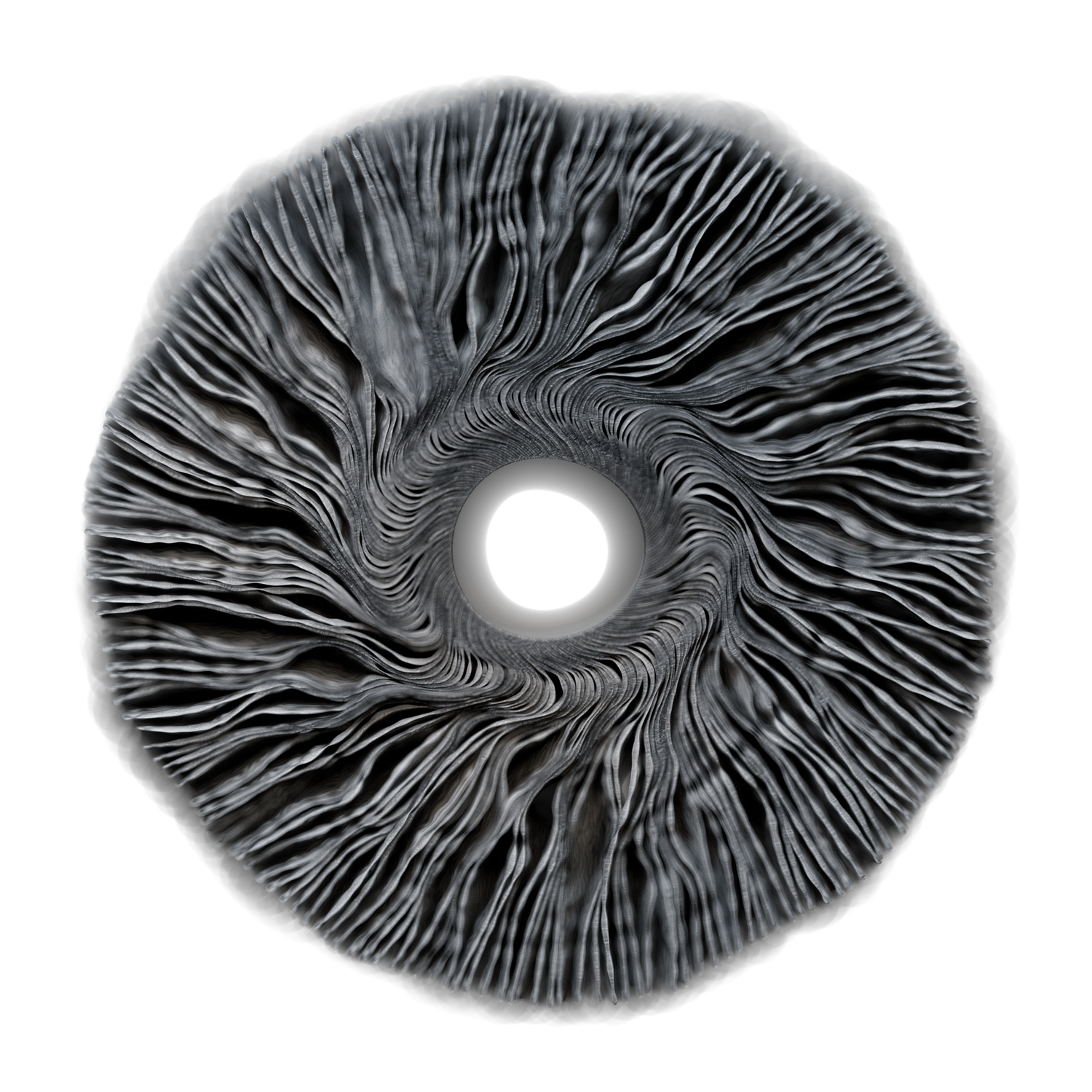
to curate yourself
tO CURATE YOURSELF
2015 - GUARATINGUETÁ, bRASIL & Berlin, Germany
vIDEO-pERFORMANCEThe curatorship (in arts), ia a research exercise witch the objective is to communicate something to someone, selecting objects, and involves to decide what will or what will not be shown. Traditionally, the curator’s image, was assumed by a character who is an expertise in the the isolated theme, and vertically realizes this process.
The curatorship (in arts), ia a research exercise witch the objective is to communicate something to someone, selecting objects, and involves to decide what will or what will not be shown. Traditionally, the curator’s image, was assumed by a character who is an expertise in the the isolated theme, and vertically realizes this process. However, the contemporary art, took as its word the authorship of people, the general public, because they are those who make their own trusteeship’s process, through the exposure‘s visibility, connecting to their own stories. On the basis, performative acts were projected to encourage public participation so people can realize the catharsis of your own memories in a symbolic-artistic act, facing a period of liberation and release from these unfortunate events, which became ghosts, transmitting through the object, it as a material support, guiding it to the autonomy of curating yourself.
The first attempt to carry out this performance was in a collective format in the city of Bogotá with raped women, but I did not have a positive feedback.
The second time was in São Paulo, I have some positive feedback, but the women did not want to expose themselves and present the performance in public. So I decided to present a solo performance.
The first action was held in a public park in Berlin.
The performance consists of a clothesline where I hang up a piece of underwear and on it write a sentence that had a negative impact on me during an act of sexual violation, rape in my case, and then I wash this piece of underwear and hang it to dry.
It is a symbolic act of catharsis, in which I want to free myself of the memories connected to the sexual abuse that I was the victim of. I chose the clothesline because it is a support as well as a familiar, comfortable memory, personal but at the same time exposed. The underwear symbolized sex, the dirt symbolized the emotional scars that I still carry and the act of washing the underwear symbolizes purification.
The aim of this performance is to present it collectively with victims of sexual violence, and to make available this act for those who want to perform it in order to create a discussion and empowerment so that other people will feel represented and safe to talk about it.
When I was a child, I buried my dolls. I believed that if everyone died, my dolls should die too. Like in the movies I created a script and followed it, someone had to die at the end of the story, even if it were just a child’s game. All the dolls were buried in a corner of a vegetable garden of an old house where we lived. It was not easy to bury those toys, because I knew that I would not have the buried toys again and, in fact, I never dug them up again. Nowadays, with the benefit of distance, I analyze this symbolic act as one of my first reprocesses. Each burial was like burying a part of my childhood and these burials were the consequences of each trauma that I began to be aware ofThe first two videos of this performance had the participation of my mother. I asked her to record them and the filming took place in a park where I played as a child, and it is located in the neighborhood where I was born.I sought “toy houses” in the park because, in this context, the house symbolizes a children’s training space, but training in a space already created with stories passed down from generation to generation. I asked my mother to film it, precisely because she was involved with some of my childhood traumas, and being a mother, she symbolized the archetype, the “great mother.”Another reason for her presence was the intention to deconstruct our emotional differences at a time when I was leaving the country.
In the act, first I bury a doll and then I dig her up, clean her and bring her with me.
During an entire self-acceptance process, I wanted to be apart from these problems and buried them, but with each of them a small part of me was gone. Reprocessing and desensitizing this moment linked to childhood was important to analyze the significance of each case and accept taking them with me for the rest of my life.
In my video, scales dance in the background as the wind blows, and my moved mother asks me what I feel as I do that, I reply that I do not know how to describe it, the only thing I can say is that even while limited to words to describe any act, my body is forever until the moment when it can be.
Fortunately, after this performance, my mother as she said farewell at the airport, put in my pocket a letter written by her, a girl swinging in a park illustrates the message that is connected to what she has seen and felt in this action.
The ultimate aim of this performance is to review this simple act of catharsis so that others can perform in scenarios that remind them of their childhood, burying and unburying toys and performing this scene, a release of abuse linked to childhood.


